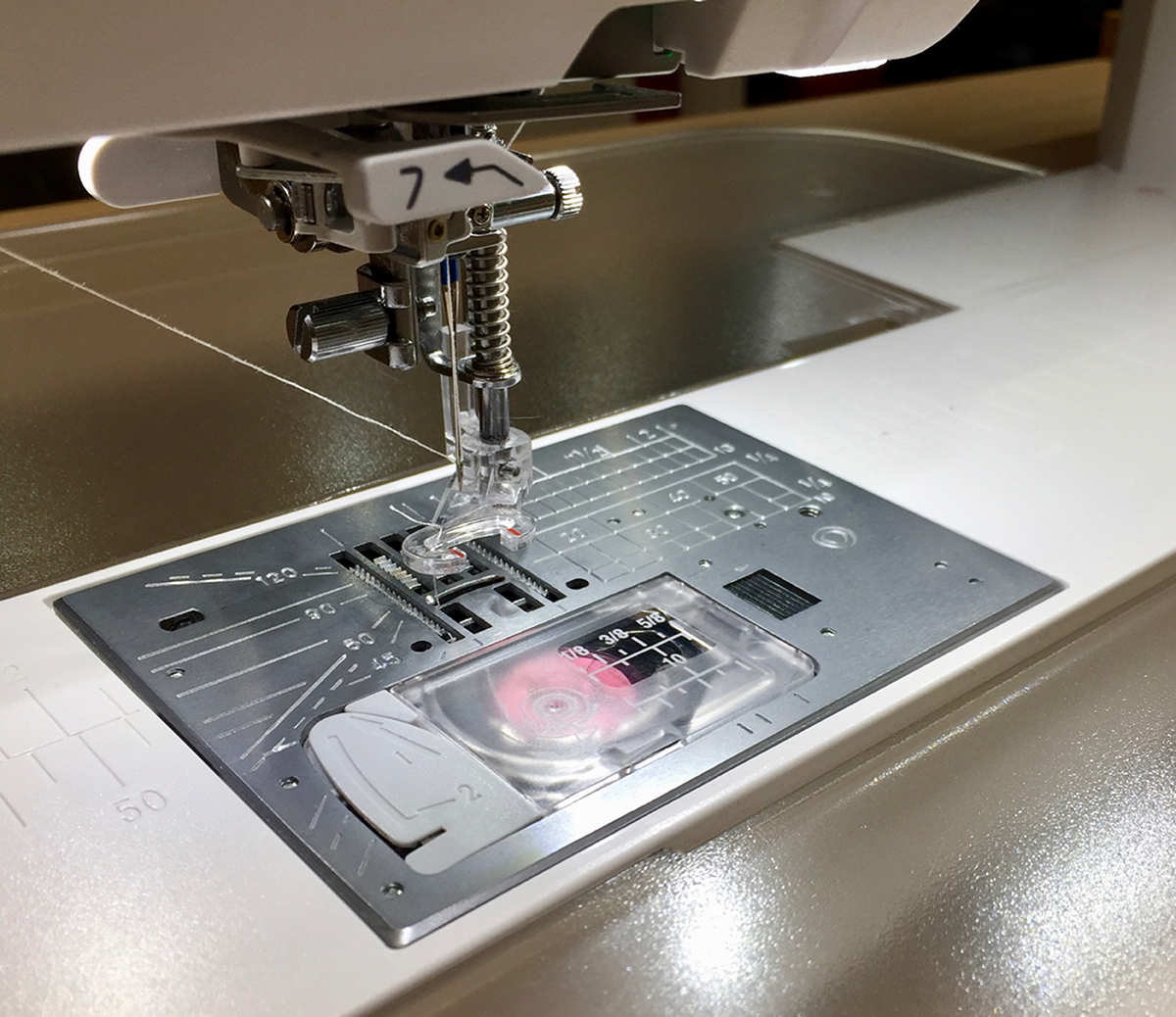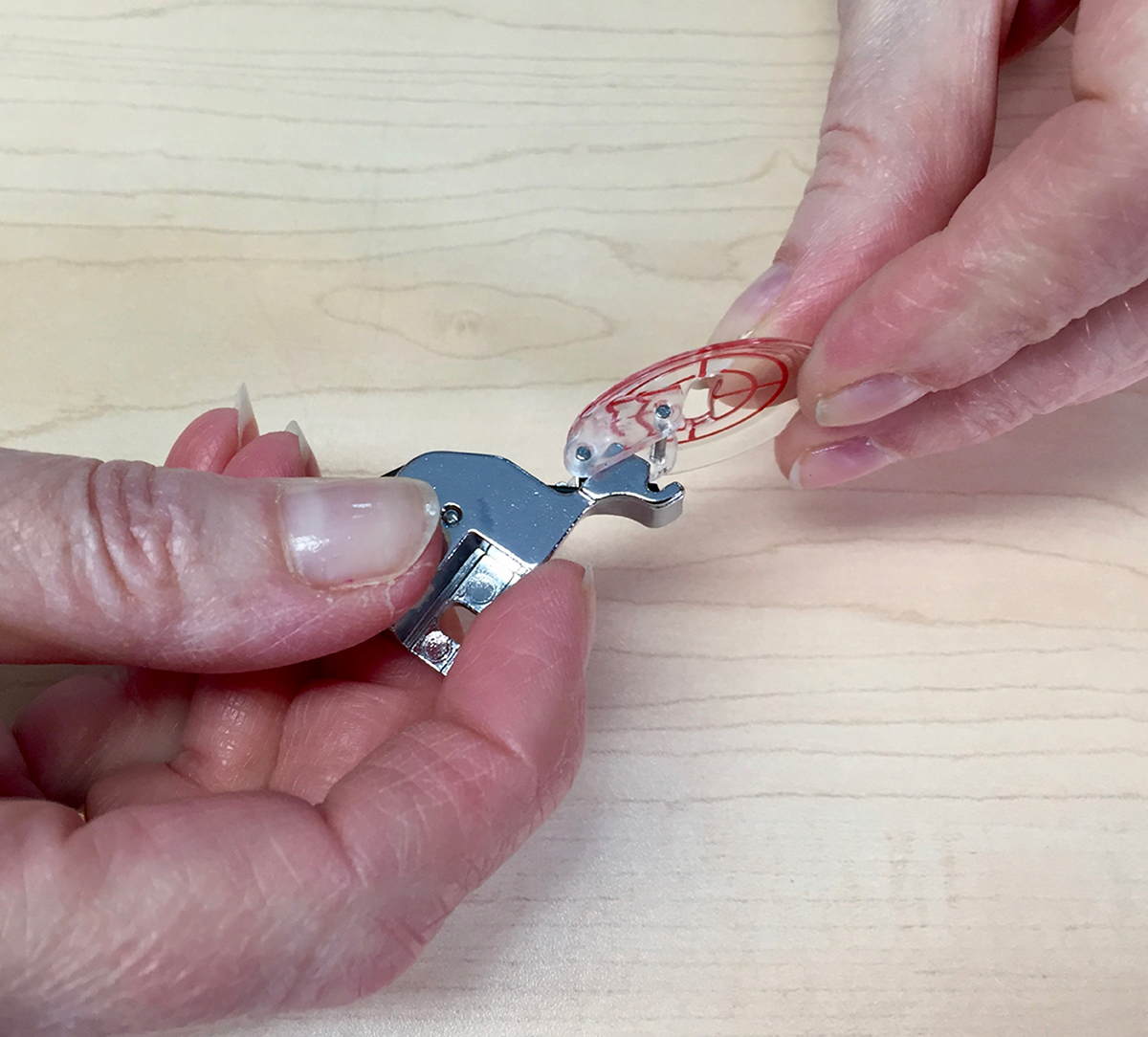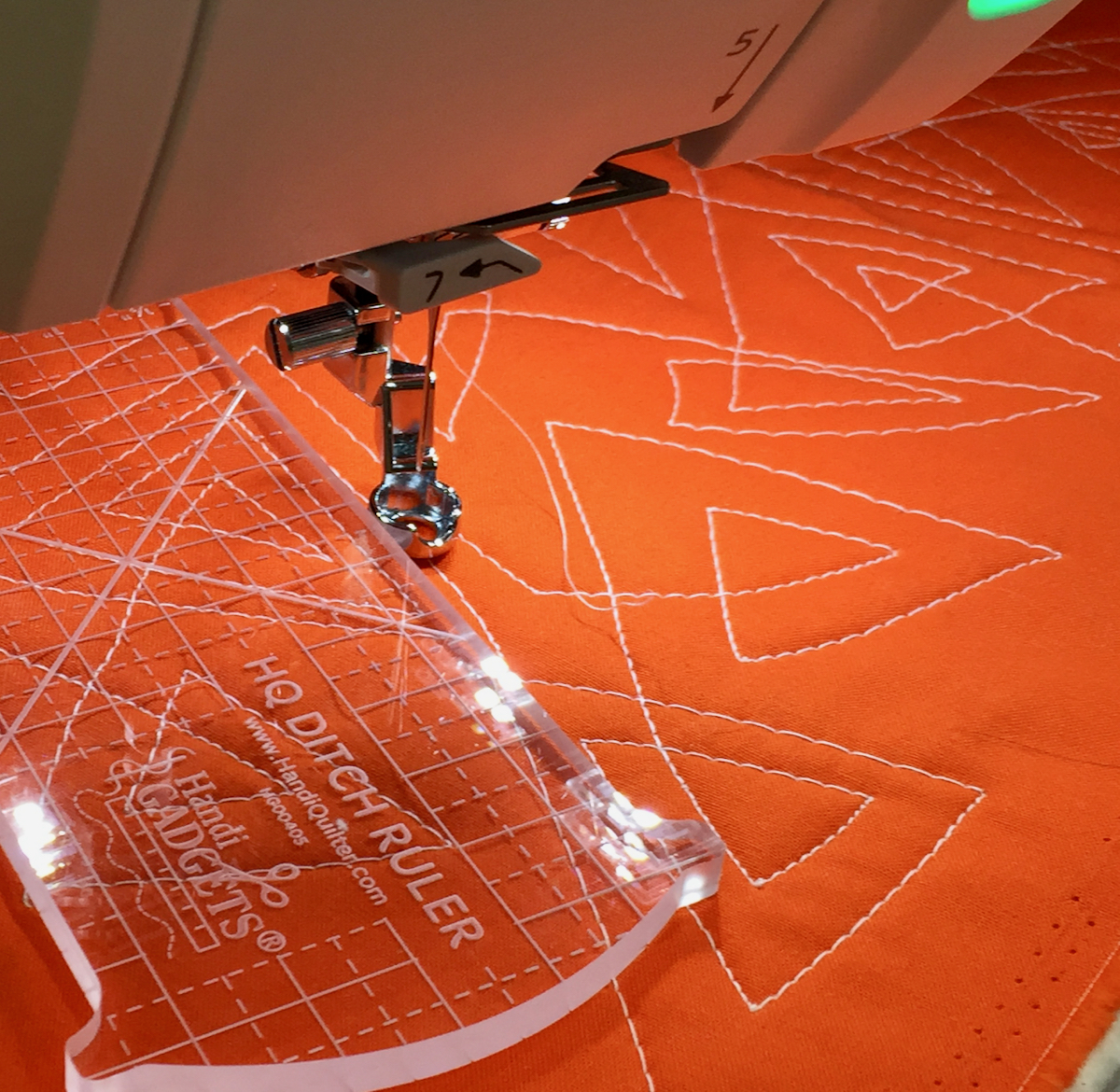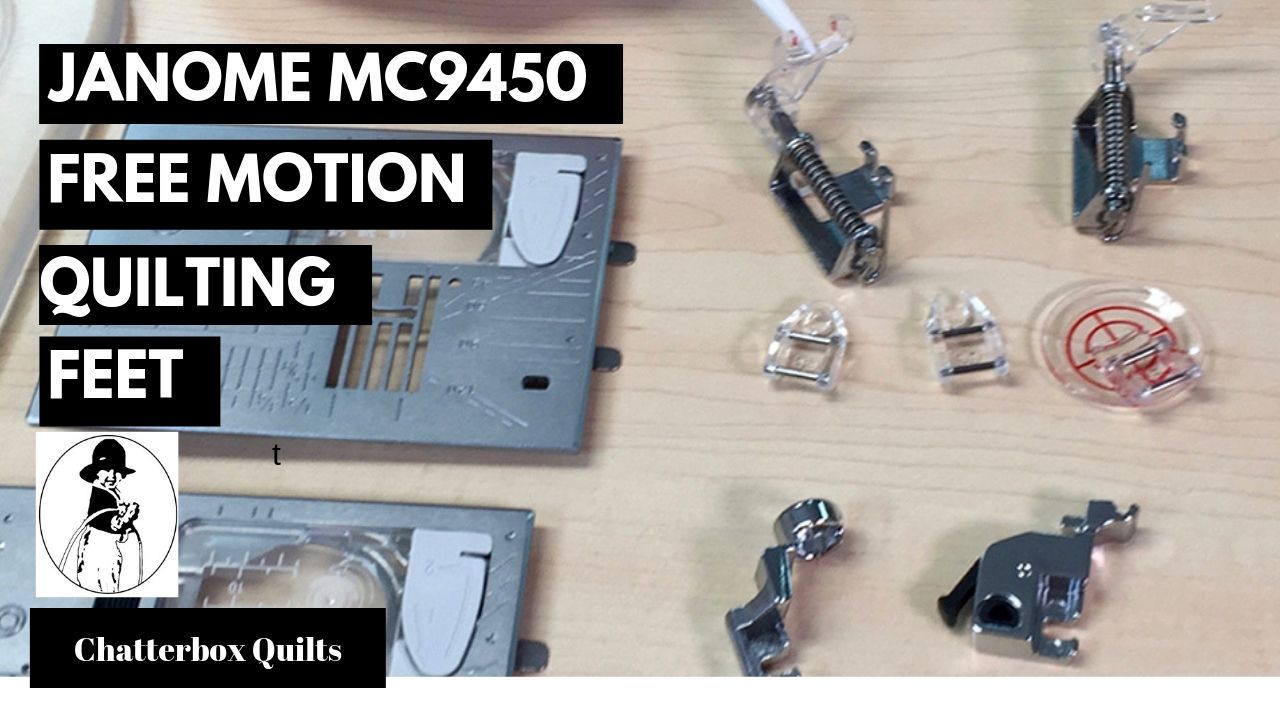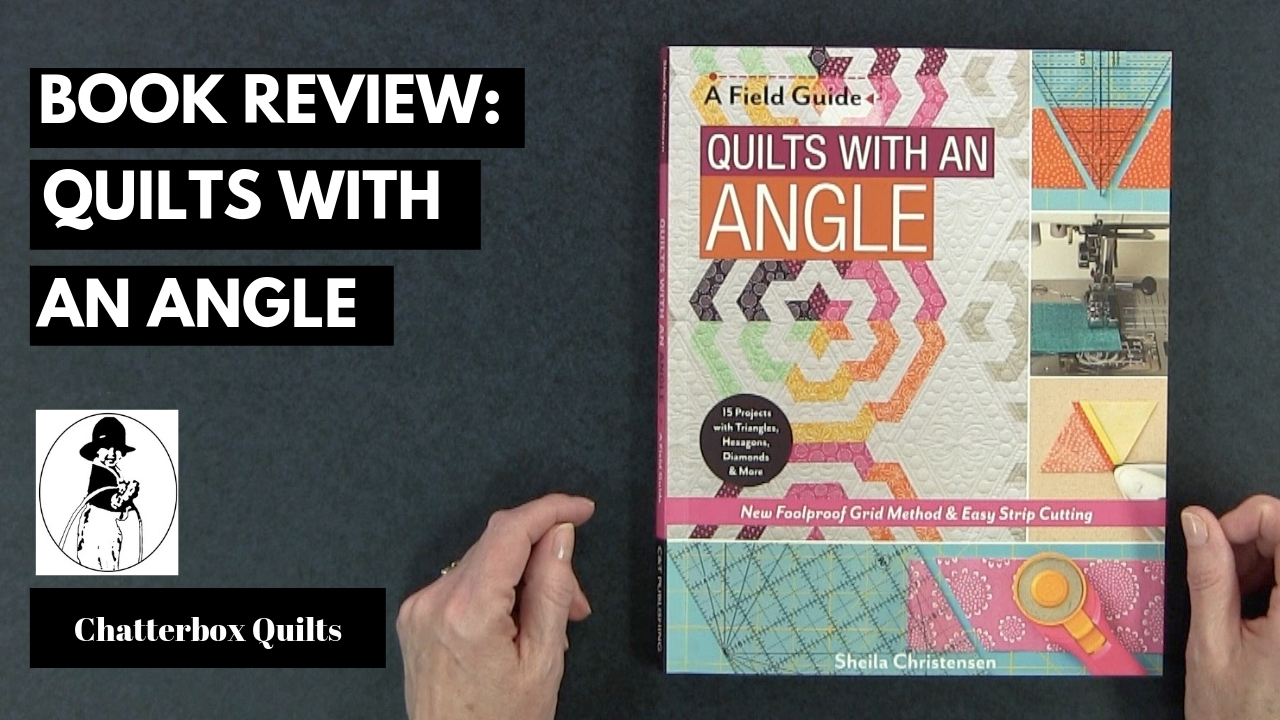Sew Illustrated has 16 projects in it and is by Minki Kim and Kristin Esser. If you love Minki Kim’s adorable little appliqué sketch creations, you’ll love Sew Illustrated. If you haven’t heard of Minki Kim, where have you been? I adore her small sketches where she uses bits of fabric and black outline stitching to create charming projects.
Photo courtesy of C & T Publishing
All of the designs are included in the back of the book as iron-on transfers, which makes it very easy to put them on your fabric. There are other ways to transfer these designs and Minki explains these other options in the beginning of the book.
Minki’s designs are small, so this is a great book if you have lots of scrap fabrics that you’d like to use up. The projects are a combination of appliqué, hand embroidery and free motion quilting to finish off the appliqué pieces.
You’ll find a variety of projects in the book from mug rugs to pin cushions. Due to the small nature of the projects, they won’t use much fabric and they won’t take a lot of time to complete. Many of these projects would be perfect for quick gifts.
You’ll find a variety of projects in the book from mug rugs to pin cushions. Due to the small nature of the projects, they won’t use much fabric and they won’t take a lot of time to complete. Many of these projects would be perfect for quick gifts.
I like the full-size templates in the book (I really don’t like to enlarge any pieces!) and the complete step-by-step instructions that she provides in Sew Illustrated.
Click on the image below for a more detailed look at Sew Illustrated. If you’d like to add Sew Illustrated to your quilting book library, click here.
Creatively,
P.S. Do you strive to improve your quilting skills? Do you want to have fun doing it? Do you want to meet other quilters in a supportive, safe environment? If you answered “yes” to these questions, you need to join The Quilter’s Way. The Quilter’s Way is the only quilting membership site that includes both training and an active, supportive online community. It’s not your grandmother’s quilting circle! Don’t wait another day! Join now.
P.P.S. Did you know that you can sign up to receive emails full of FREE quilting goodness? Click here to receive FREE content directly in your email inbox every few weeks from Chatterbox Quilts. I know you'll be glad you did!
P.S. I am an Amazon affiliate and, if you purchase items by clicking through the links in this post, I will receive a small amount of commission. This doesn’t cost you any more $$$, but helps me to continue creating free content for you. Thanks!






